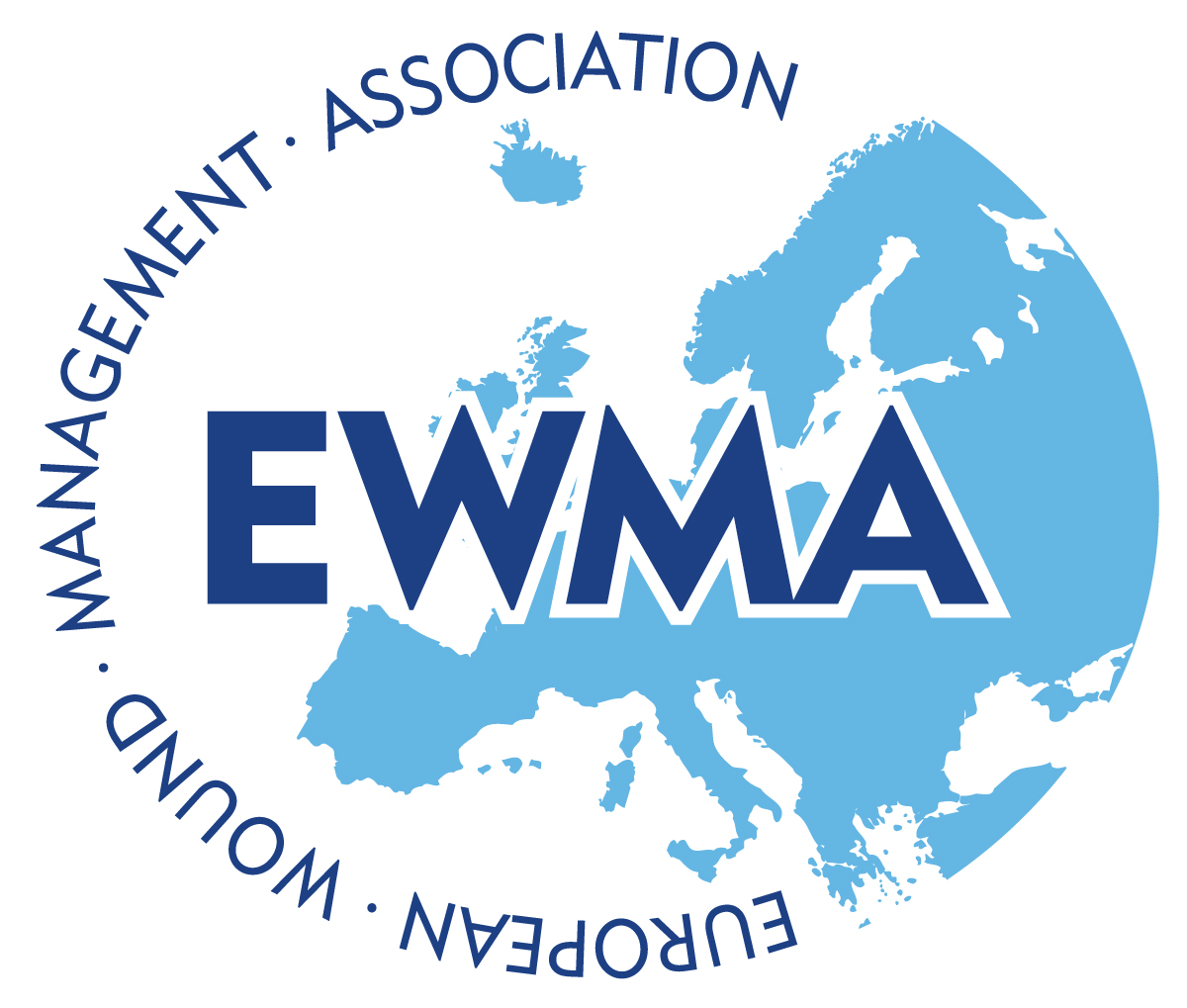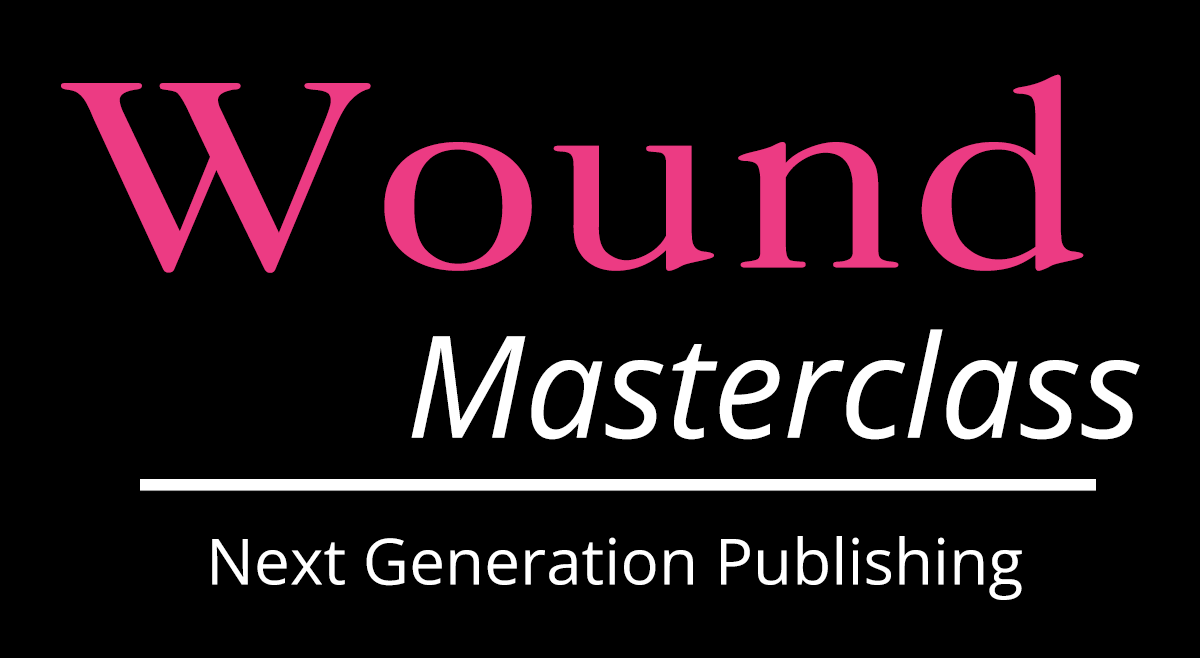AAWC's Wound Infection Summits: Where Information Starts and Patient-Focused Care Thrives
The AAWC’s regional WIS meetings are well known by members and others in the wound care world as the Wound Infection Summits. However, the WIS acronym could just as easily stand for Where Information Starts. It is at the WIS meetings where key learnings, new findings, and bold treatment plans are shared and become the renewed start in advancing wound care.
The next WIS is August 16-17th in Detroit. The two day meeting is overflowing with programs designed to engage those in attendance to individually and collectively advance wound care. Through a series of lectures, panels, and interactive discussions, those attending will learn about:
- bacteria and biofilms,
- special needs of those with wounds resulting from IV drug use,
- use of oxygen in hyperbaric chambers for wound care and therapy,
- impact of nutrition in wound care and treatment, and
- the application of advances in research on biofilms, topical antiseptics, swab cultures and planktonic bacteria to clinical practice.
Meeting attendees are encouraged to submit case studies for use in the “Making the Diagnosis” session where participants will engage with a multi-disciplinary panel to examine case-based differential diagnoses, identify gaps in assessment and discuss diagnosis and the complexity of wound infections.
“The AAWC is able to attract some of the most well-known names in wound care’” said Victoria Elliott, R.Ph., MBA, CAE, and AAWC Chief Executive Officer. “As the foremost recognized multidisciplinary organization in wound care, we find there is great interest in becoming part of the WIS faculty."
The speakers and panel leaders include nurses, doctors, physical therapists and other professionals in various categories of wound care. Among them are Thomas E. Serena MD, Garth James PhD, Claudiu Georgescu MD, Barbara Pieper MD, Jennifer Gaddy MD, Jennifer Hurlow, Greg Bohn MD, Lindsay Kalan PhD, Randy Wolcott MD, Frank Aviles PT, Karen Bauer DNP, Kara Couch CRNP, Jeff Shook DPM, and Munier Nazzal MD.
“The varied professions of the faculty represent the AAWC’s professional membership roster,” said Ms. Elliott. “Further, it is reflective of the collaborative disciplines brought together in teams to treat patients with wounds.”
Among the most anticipated event of the August WIS is a segment entitled “The Patient Experience.” Those in attendance will hear from a patient who has experienced a chronic wound that became even more complicated by infection. Facing the specter of amputation, the individual will share a story of personal bravery, bold treatment plans, a willingness to consider new therapies, comprehensive and collaborative care, and ultimately, the happy new beginning.
“This is an exciting addition for the AAWC Summits,” said Ms. Elliott. “To hear about the personal and successful journey of an individual who has benefited from the help of wound care professionals is a defining moment for those on the front lines of patient care. This story is the personification of how we advance wound care.”
Registration is open for this Wound Infection Summit, and the one to follow in Kansas City. Additional details about the program, the schedule of events, and the travel and lodging information can be found at www.aawcsummits.com
Continuing education credit is available for nurses and physicians through Amedco, LLC. AAWC. This activity has been submitted to the Board of Texas Physical Therapy for approval of credits.

